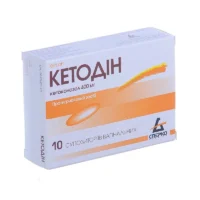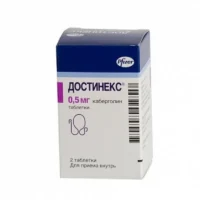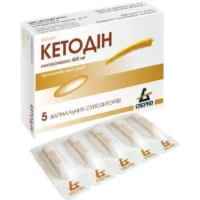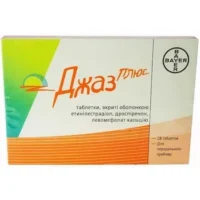Description
Progesterone Solution for Injections Ampoules 1% 1ml. №10
Ingredients:
- Each 1ml ampoule contains 1% Progesterone solution for injection.
Dosage:
- The usual dosage is determined by the healthcare provider and is administered via intramuscular injection.
Indications:
- Progesterone injections are indicated for various conditions including hormone replacement therapy, menstrual disorders, infertility, and certain types of cancer.
Contraindications:
- Do not use Progesterone injections if you have a history of allergic reactions to progesterone or any of the ingredients in the solution.
Directions:
- Follow the instructions provided by your healthcare provider for the correct administration of the injections. Do not self-administer without proper medical guidance.
Scientific Evidence:
- Progesterone is a crucial hormone in the female reproductive system, playing a vital role in regulating the menstrual cycle and supporting pregnancy. Research studies have shown that progesterone supplementation can be effective in various medical conditions, including luteal phase defect, recurrent miscarriage, and assisted reproductive technologies.
Additional Information:
- Progesterone injections are generally well-tolerated, but some common side effects may include injection site reactions, breast tenderness, and mood changes. It is important to discuss any concerns or potential side effects with your healthcare provider.
- Before using Progesterone solution for injections, inform your healthcare provider about any existing medical conditions, ongoing medications, or allergies to ensure safe and effective treatment.





